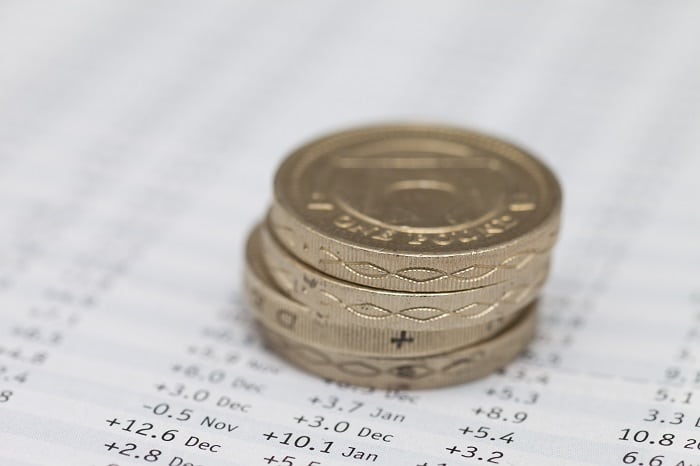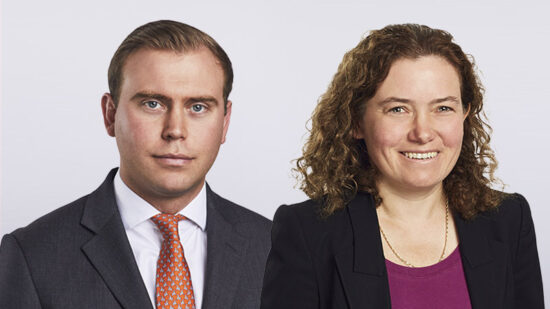Using data from Morningstar, the number of conventional AIC member trusts paying a quarterly dividend has jumped from 43% in 2016 and 46% in 2017, as investment companies continue to adapt to meet shareholders’ requirement for income.
Indeed, after the decision by the European Assets trust to move to paying a quarterly dividend, no trusts pay a tri-annual dividend anymore.
Meanwhile, the number of conventional member companies paying a bi-annual dividend marginally fell two percentage points to 26% and only 21% pay an annual dividend, down from 23% last year.
For those investors who want more immediate income, SQN Asset Finance Income joined a list of eight trusts that pay a monthly dividend, which includes Ediston Property, F&C Commercial Property, Fair Oaks Income, SQN Secured Income and TwentyFour Select Monthly Income.
“The start of 2018 has been an interesting time for markets but with interest rates still near record lows, income is very much on investors’ agenda,” said Annabel Brodie-Smith, communications director of the AIC. “Now, half of AIC conventional member companies are paying quarterly dividends to meet investors’ demand for income, demonstrating the ability of the investment company sector to adapt to meet investors’ financial needs.
“There are a number of income advantages for investment companies, including the ability to ‘smooth dividends’ by holding back some of the income they receive in good times to boost their dividends in tougher times. The closed-ended structure of investment companies makes them particularly suitable for higher yielding illiquid assets such as property and infrastructure.
“Last year saw a number of new property investment company launches which are paying quarterly dividends, again highlighting the demand for yield from investors.”







